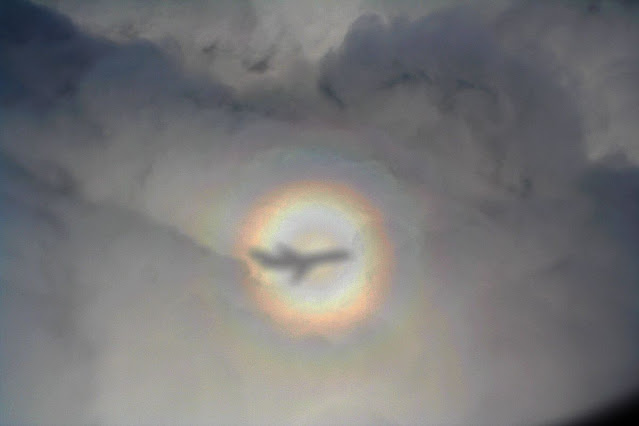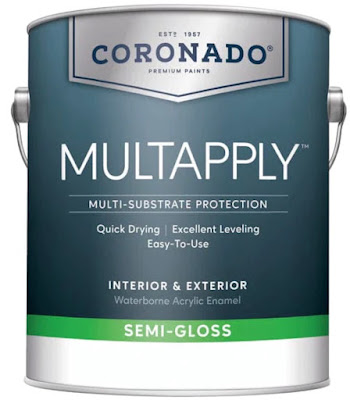How to Photograph the Total Solar Eclipse

How to Photograph the Total Solar Eclipse The total solar eclipse of April 8, 2024 is now in the books. I hope you got some amazing shots and even more importantly, were able to experience the totality. WEATHER UPDATE: As you probably know weather was a significant issue for most of the US path of the eclipse and even into Canada. Even areas with nearly clear skies had high clouds that prevented the sun's corona being photographed clearly. When you boost the exposure for the much dimmer corona you also get the clouds. Unlike 2017, I haven't seen any of the massive corona shots where it extends out several diameters of the sun. If you have some, please let me know and post them somewhere. That being said, many photographers got some excellent shots of Bailey's Beads, the Diamond Ring and the sun's much brighter photosphere which is the bright rim closest to where the moon is covering the sun. That's also where there were some very amazing large prominences glowi...



